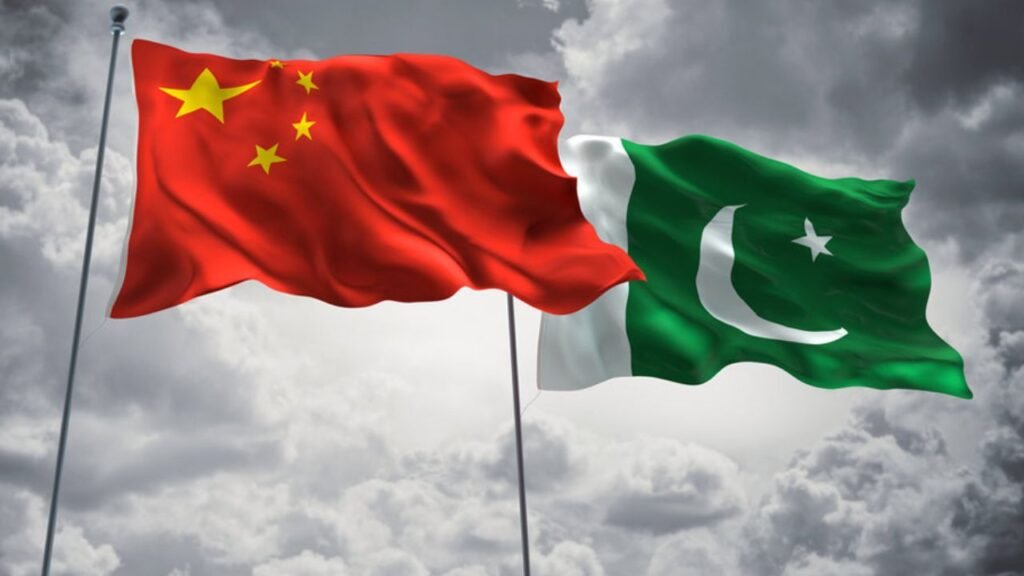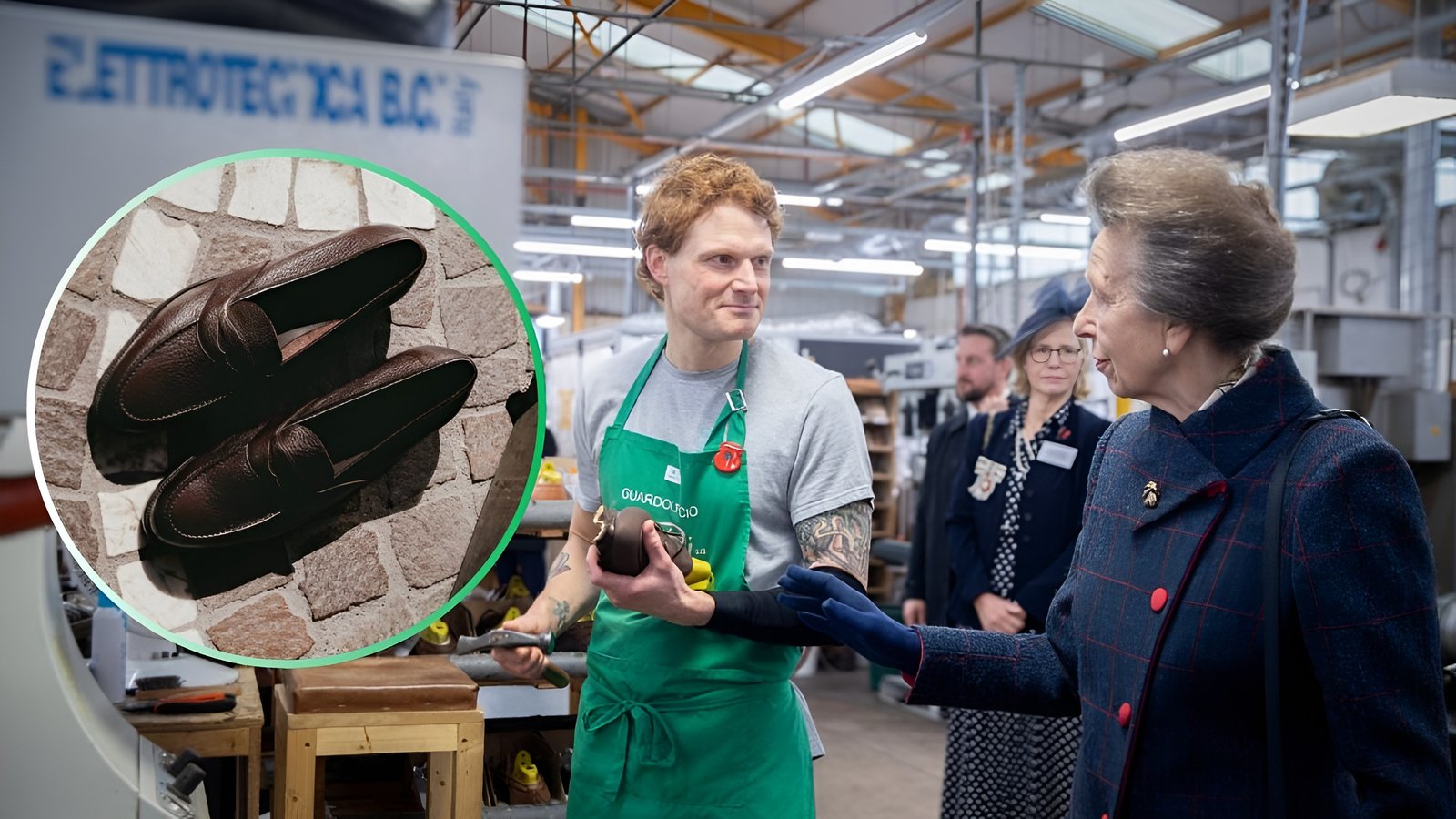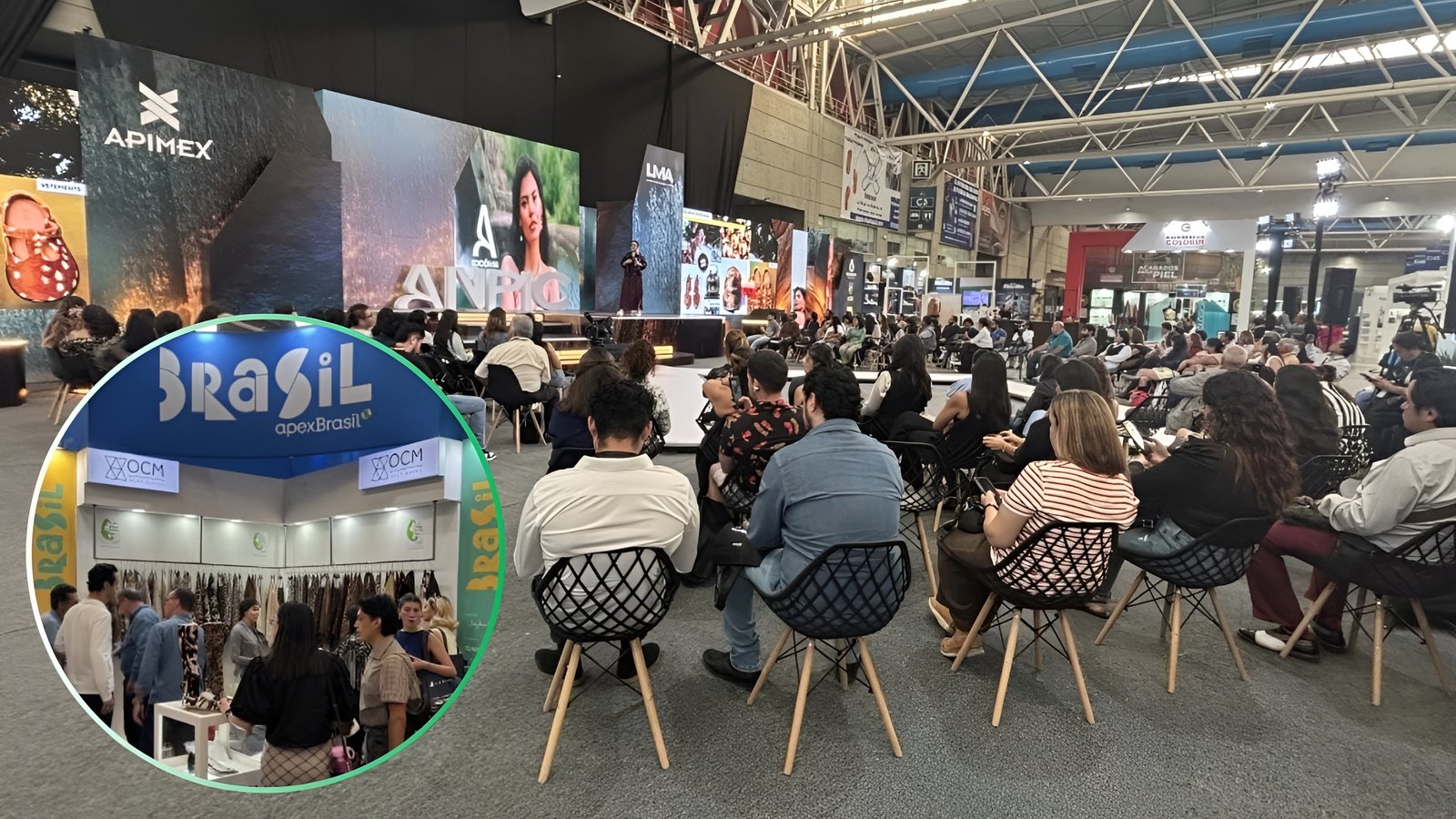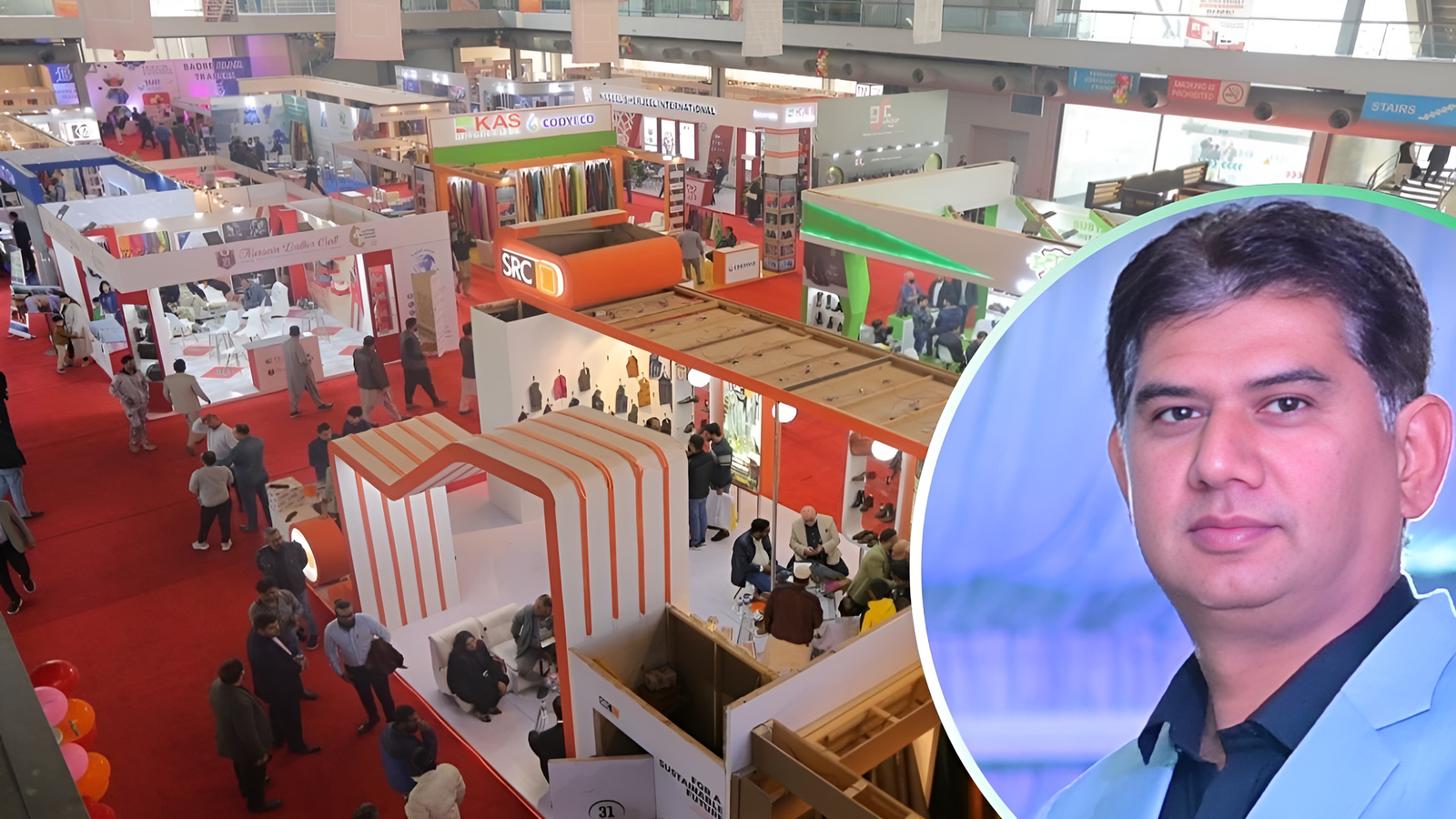Pakistan and China are working closely to elevate Pakistan’s leather industry, aiming to transform it into a significant global player.
Khalid Waleed, an advisor to the Pakistan Tanners Association, has highlighted several joint ventures targeting the establishment of manufacturing plants, tanneries, and R&D centers. These initiatives are designed to drive innovation and enhance the quality of leather products.
In June, the Association of Guangdong Shoe Manufacturers visited Pakistan to explore the possibility of relocating their operations. Potential investments from this venture could range between USD 5 to 8 billion, a substantial boost for the industry.
This collaboration comes at a critical time for Pakistan’s leather sector, which, despite being the region’s second most dynamic after textiles, has faced recent challenges. In the fiscal year 2022-2023, Pakistan witnessed a decline in leather exports, dropping by 7% to USD 887 million from USD 953 million in the previous year. The Pakistan Leather Garments Manufacturers and Exporters Association also noted declines of 18% in other leather products and 11% in leather garments.
China, a global leader in leather production and exports, annually manufactures over 4 billion square feet of leather. In 2023, China exported leather, fur, and related products worth USD 96.98 billion, according to the China Leather Industry Association. The synergy between China’s production capabilities and Pakistan’s strengths, including high-quality leather and competitive labor costs, presents significant cooperative opportunities.
Pakistan’s market shows strong consumer demand for stylish footwear and bags, further supported by preferential import policies under the China-Pakistan Economic Corridor (CPEC). These policies create a favorable environment for joint ventures, poised to benefit from enhanced infrastructure and trade routes.
This collaboration is expected to stimulate growth in Pakistan’s small and medium enterprises (SMEs) in the leather sector, offering avenues for modernization and technological advancements through Chinese investment and expertise.
Ultimately, these joint ventures aim to enhance Pakistan’s access to the expansive Chinese market, promising increased sales and stronger market presence for Pakistani leather products.










